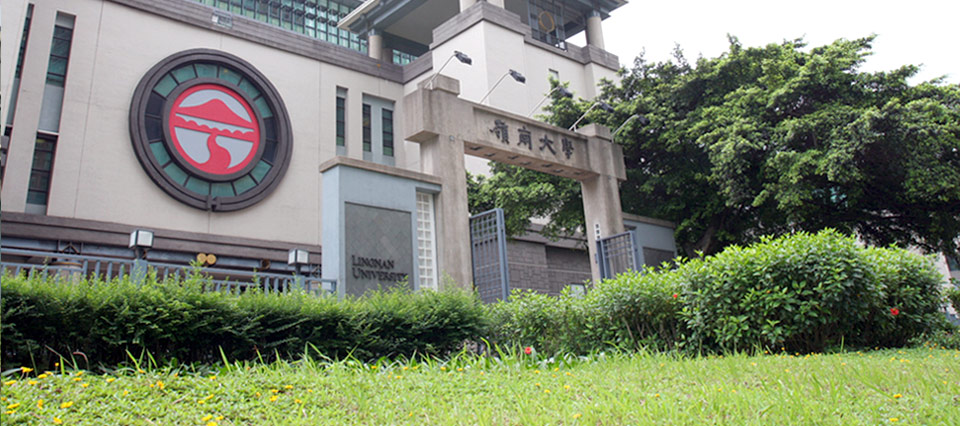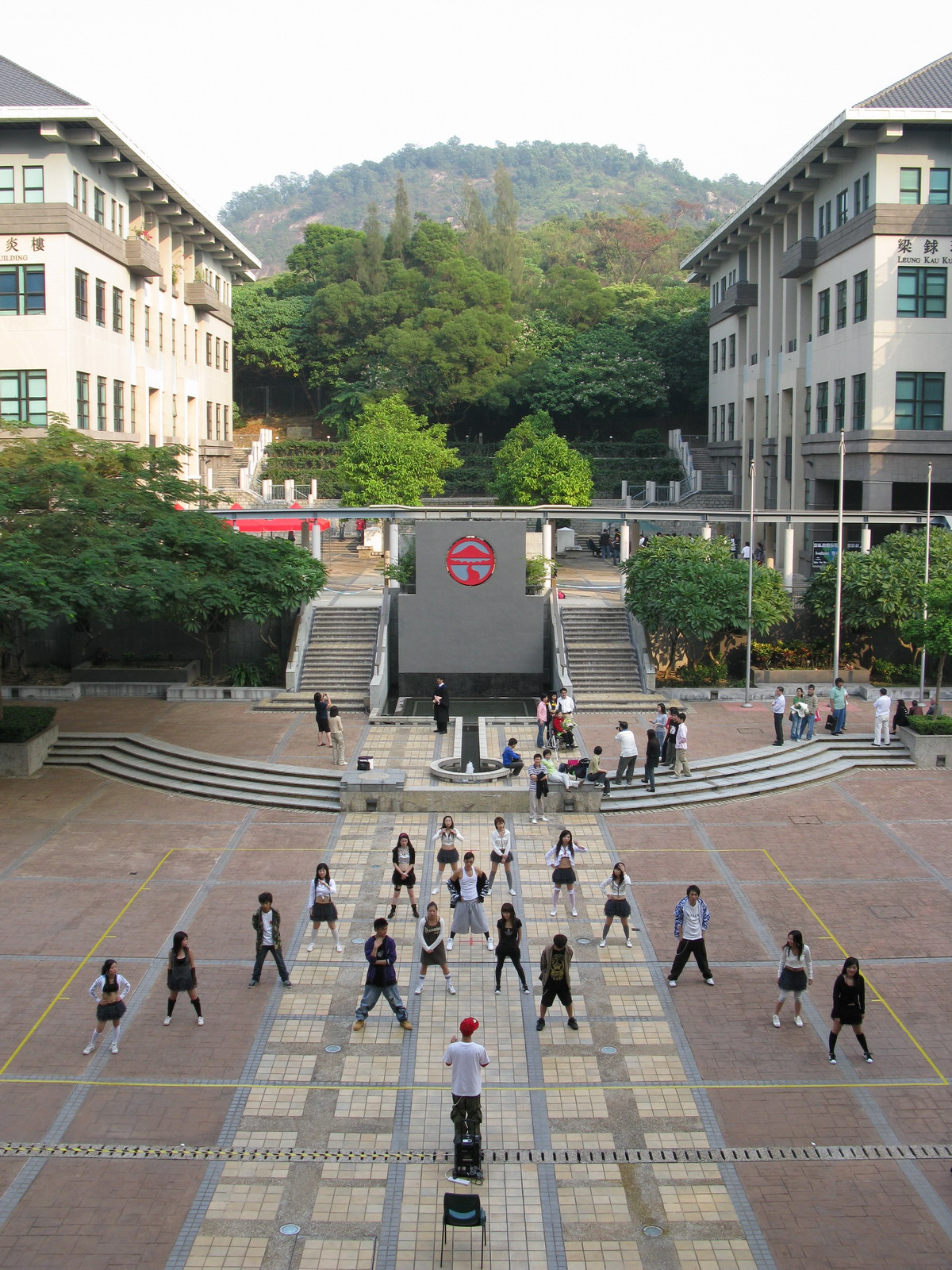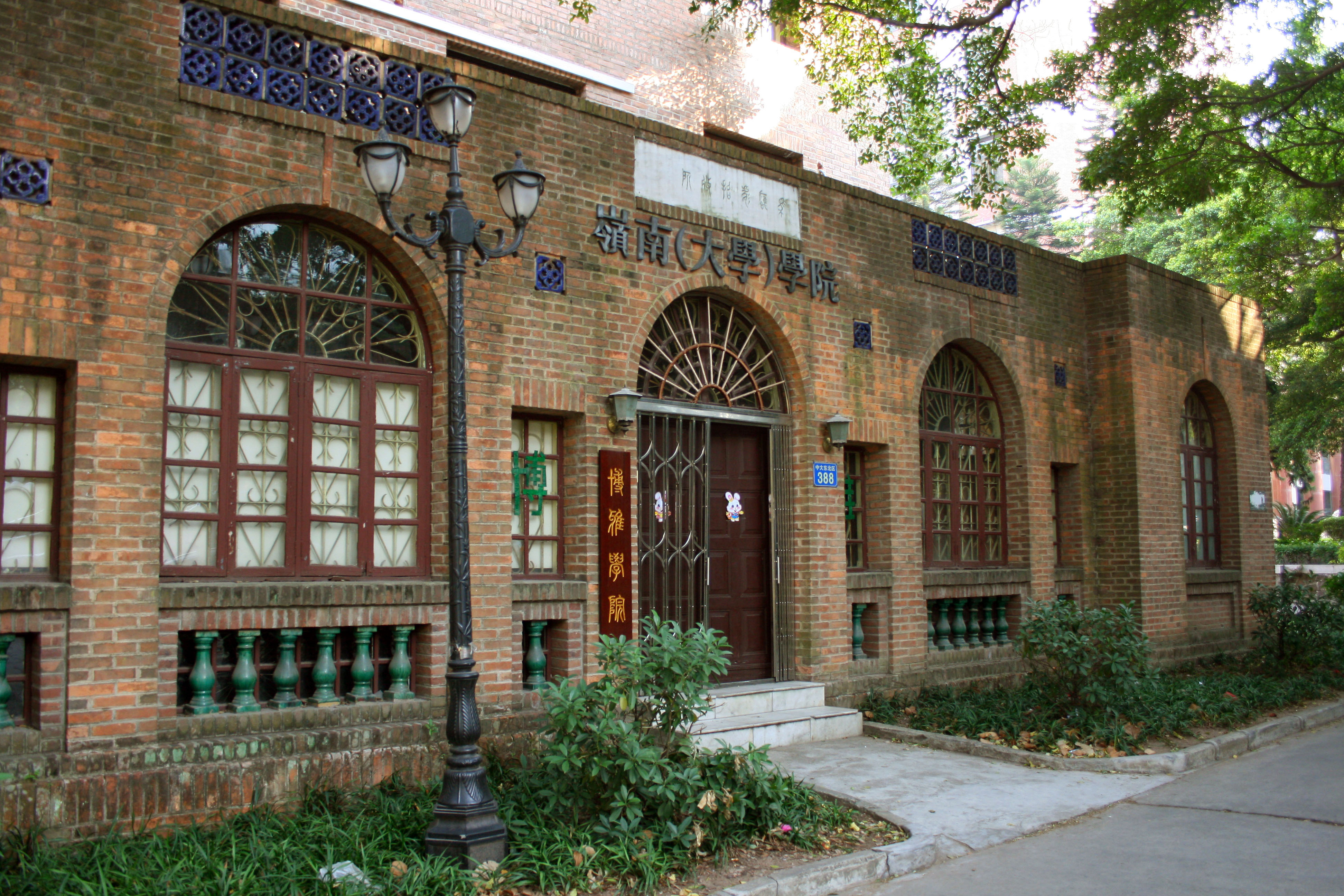Lingnan University – The Early Days in Guangzhou
In 1888, 14 years into the reign of Qing Dynasty's Emperor Guangxu, the American Presbyterian Church set up a school in Guangzhou known as the Christian College in China. Its first intake of just 30 students began attending lessons there on March 28 the same year. This was the forerunner of Lingnan University, which was re-established in Hong Kong some 40 years ago.
In 1893, the Christian College in China disassociated itself from the American Presbyterian Church, and it became a Christian university governed by a board of trustees based in New York. Due to China's political instability at that time, the College became the target of anti-foreign antagonism. In 1900, the government's suspicions about its activities were aroused when Shi Jianru, one of its former students, unsuccessfully tried to assassinate the Viceroy of Guangdong and Guangxi. To avoid political reprisals, the College temporarily retreated to Macau. In 1903, it changed its English name to Canton Christian College, and it adopted the Chinese title Lingnan Xuetang. This was the first time it used the term Lingnan. While it was based in Macau, the College did consider the possibility of moving to Kowloon. However, it finally returned to Guangzhou in 1904, where it occupied a new site of about 30 acres that had been purchased at Kangle Cun, Henan,Guangzhou. It was to become the College's permanent location.
The College grew from strength to strength after building its new campus. Looking out at the scenery to the north of the campus in 1911, one of its alumni, Szto Wai, was inspired with a design for its emblem. This featured Guangzhou's Baiyuan Mountain, the Pearl River, lychee trees, and the garden of the campus itself. The emblem is still used today, as well as the red and grey colour scheme that the College adopted for its flags at sports meets.
In September 1912, the College changed its Chinese name to Lingnan Xuexiao. By 1918, it began offering university-level programmes, and it awarded certificates to its first three graduands. At the same time, 15 renowned universities, including Harvard, Yale, Columbia, Stanford and Toronto, announced that Lingnan's graduates would be eligible to apply for their postgraduate programmes. This was a milestone in the College's history.
In 1926, Lingnan Xuexiao fell foul of a new regulation imposed by the nationalist government that prohibited foreigners from operating universities in China. It responded by establishing a predominantly Chinese board of trustees who took over its administration. In January 1927, the trustees elected Chung Wing-kwong as its President, and Lee Ying-lam as Vice-President. Under this new leadership, the College changed its English name to Lingnan University, and the Chinese name was altered accordingly. In March the same year, President Chung asked the government to officially recognise Lingnan as an international, private, Christian university. A man of great resourcefulness and determination, he laid solid foundations for Lingnan during his tenure. Between 1927 and the eve of the war of resistance against Japan, its curriculum was expanded from the original arts and science courses to include agriculture, commerce, civil engineering and medicine. Primary and secondary school, classes for overseas Chinese, and a Lingnan school in Hong Kong were established too. In the process, Lingnan emerged as a key educational institution in southern China.
During the anti-Japanese War, many well-known high schools followed the government's lead in moving to the west. Being a private university, Lingnan decided not to follow suit. In 1938, on the eve of Guangzhou's fall to the enemy, it eventually decided to move to Hong Kong, where its middle school had relocated at Leung Garden, Castle Peak Bay, the previous year. Lingnan continued teaching at what is now the University of Hong Kong campus, while its department of agriculture leased farmland in Tuen Mun. The number of its students in Hong Kong then was about 90% of that in Guangzhou, including those who had previously studied at Lingnan and other colleges.
Following the fall of Hong Kong in December 1941, Lingnan University's President, Lee Ying-lam, led its faculty and students on an arduous journey toShaoguan in northern Guangdong Province. Assisted by the nationalist government and its US-based trustees, the University re-established itself there atQujiang Dacun, and the campus was renamed "Lingnan University Village". However, as the war progressed, Lingnan was forced to move once again, this time to Meixian, east of the Pearl River.
The Japanese surrender in 1945 made it possible for Lingnan University to return to its Guangzhou campus, where its long-suffering President Lee Ying-lam, who took on the mission to restore the campus, completed the formidable task of reconstruction. In August 1948, Chen Xujing took over as the new President, and he oversaw a rapid rise in its status. Himself a well-known academic, Chen was a proponent of westernisation, and he was determined to make Lingnan University the best higher learning institution in the country. Even before taking office, he engaged a considerable number of renowned faculty members from top-notch institutions, such as Tsinghua University, Academic Sinica, and Union Medical College. He also used his charm and connections to secure the appointment of literary giants such as Chen Yinke, Wang Li, Liang Fangzhong and Rong Geng, thereby consolidating Lingnan University's leading position in the humanities field. The University became a magnet for the best minds of contemporary China, thus opening the most magnificent chapter it had ever experienced.
However, Lingnan's golden era came to an end with a nationwide higher education programme reform undertaken in late 1952. The former Lingnan campus became the campus of Sun Yat-sen University, while the former programmes or faculties of Lingnan University were merged into other institutions in Guangzhou. This abruptly ended Lingnan's 60 eventful years as an eminent education institution in the Chinese Mainland.
The Re-establishment of Lingnan University in Hong Kong
Following the closure of Lingnan University in Guangzhou, its alumni began to nurture a common goal – to re-establish it in a new location. In 1966, the Lingnan University (Hong Kong) Alumni Association and members of the Lingnan Club formed the Lingnan Education Extension Committee at the invitation of the Lingnan Secondary School Board of Directors. The Committee's mission was to revive Lingnan University in Hong Kong. In September 1967, Lingnan alumni in the city set up the Lingnan College Co Ltd, as a first step towards its re-establishment. To promote this cause further, Lingnan's educational enterprise in Hong Kong, Lingnan College Co Ltd, merged with Lingnan Secondary School Co Ltd to form the Lingnan Education Organization Co Ltd.
The first classes of the new Lingnan College were conducted at Lingnan Middle School. They were attended by 100 students, including 30 freshmen and some boarders. As the years passed, and with the alumni's increasing support, Lingnan College was able to build more facilities, including a teaching and administration block, main hall, language laboratory, library, and hostel for faculty and administration staff, just like other tertiary institutions. Thanks to the efforts of its staff, and students, the College's status as a tertiary institution had gained recognition from over 70 North American universities by 1974. In 1978, it was recognised as a registered post-secondary institution; it changed its name to Lingnan Xueyuan in Chinese and started offering government-subvented programmes.
In the following ten years, Lingnan alumni helped build the College into a highly regarded institution, thereby laying solid foundations for its future. It continued to grow strongly as it entered its second decade. In 1983, its President, Dr John T S Chen, took upon himself the laborious task of raising the College's academic standing. He lived up to his promise. During his tenure, he appointed a large number of renowned academics, re-structured the academic departments, reformed the curriculum, and promoted general education, all to prepare for Lingnan's accreditation. In December 1987, the United Kingdom Council for National Academic Awards conducted a comprehensive institutional review on Lingnan. The Council's report spoke highly of Lingnan's leadership structure, teaching quality and administrative efficiency, as well as the standards of both its students and teachers. The Council highly commended the College for its rapid development over the years, and concluded that Lingnan's academic level was on par with institutions under the aegis of the University and Polytechnic Grants Committee (UPGC).
Encouraged by this, Lingnan College stopped offering two-year programmes and asked the government to increase its subvention to a level that would enable it to develop honours diploma programmes. This request was approved in 1988, and additional funds were provided to employ teachers and administrative staff, as well as to establish facilities required by the new programmes. At this time, the government was about to make Lingnan a member of the UPGC, which would enable it to confer degrees. This was helped by a review of the College by the Hong Kong Council for Academic Accreditation in 1991. Its members were impressed by the excellence of its teaching and administrative staff, and the achievements of its students. Lingnan was deemed qualified to offer degree programmes. The government accepted the members' proposal, and Lingnan was made a degree-conferring institution under the UPGC in the same year. To facilitate its future expansion, Lingnan moved to a new campus in Tuen Mun in 1995 and launched Master of Philosophy programmes. In 1998, it was given self-accrediting status; and in 1999 it was renamed Lingnan University. The University continued to grow as it entered the 21st century, adding postgraduate programmes and establishing a school of continuing education and a community college, thereby offering quality education to Hong Kong and the region.
Vision
To excel as an internationally recognised liberal arts university distinguished by outstanding teaching and the highest standards of scholarship.
Mission Statement
Lingnan University is committed to the provision of quality education distinguished by the best liberal arts traditions. It adopts a whole-person approach to education which enables its students to think, judge, care and, ultimately, act responsibly in the changing circumstances of Hong Kong, the region and the world.
Lingnan University offers scholarships to support outstanding non-local students to pursue full-time undergraduate studies at our University. Full Scholarship (covering tuition, hostel and partial academic and living expenses), Tuition Scholarship or Half-tuition Scholarship per academic year will be awarded to successful applicants.
Each Scholarship is offered on an annual renewable basis and is tenable for a period of up to the normal duration of study, subject to continued outstanding academic performance.
For non-local students#, the tuition fee for 2014-15 academic year is HK$120,000.
Tuition fee is normally payable in two equal instalments before the start of the first and second terms of an academic year.
|
# |
Non-local students are persons entering Hong Kong for the purpose of education with a student visa/entry permit* issued by the Director of Immigration of the HKSAR Government
|
|
|
|
|
|
|
|



2014 © a2fairs. All Rights Reserved. powered by twopulse.com